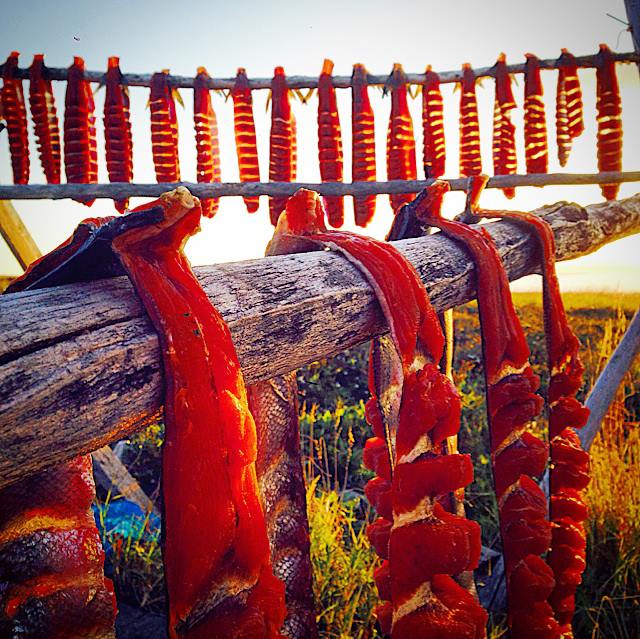You may not be seeing rivers of red yet in the Norton Sound, but they are definitely running pink. New records for pink salmon were recorded in the Norton Sound sub district last week from the Shaktoolik River Tower and Unalakleet River Weir.
According to fish reports, 245,000 pinks were counted at the Shaktoolik River, and 744,000 were recorded at Unalakleet on July 13th. These numbers are not record-breaking for the entire Norton Sound sub district; however, Area Manager Biologist for the Alaska Department Fish and Game Jim Menard recalls a record number from the Quinhagak (KWIN-uh-hawk) River.
“The record there is 3 million, that was the greatest run to Norton Sound was in 2004. We did have a 2.3 million run there in 1994,” said Menard.
Fishers may not have seen fish in those numbers this past weekend, though. According to Menard, that’s because of the stormy weather. Menard says, “there’s a little lull with the storm, so they’re sitting right now, but soon, they’ll shoot back up.”
And once they come back up again, Fish and Game says 1,000 sockeyes will be swimming in the Pilgrim River daily, based on their recorded counts.
Sockeyes, or Reds, are on many people’s minds. Menard admits that’s normally the topic of discussion when he runs into locals at the grocery store, but usually, the amount of fishing on sockeyes has to be limited. In order for the sockeye salmon limit to be waived at Pilgrim River, Menard says the Department had to be sure they would reach the “escapement goal.” That simply means that enough, but not too many, sockeyes would reach Salmon Lake to spawn.
Menard says he wants “10 to 20 thousand in that lake, that’s about what that lake can handle, so we’re trying to throw the brakes on things,” so they don’t go through these “boom, bust cycles.”
To prevent another bust, like the one in 2009, Menard and his team use various methods to monitor the number of fish in each river and how many of them can or will reach spawning grounds, like Salmon Lake.
Three of those methods include counting towers, which use 20-minute increments to estimate the total; weirs, which try to count all of the fish coming through a river; and aerial surveying, which involves sectioning off parts of the river while flying above, but this is the least accurate method according to Menard. Overall, he says, the Department’s fish counts are “90% accurate or higher,” so Menard has “faith in the counting towers, the guys are good out there.”
Across the Norton Sound, fishing conditions are looking promising now that the entire sub district is open to subsistence net fishing 7 days a week for the remainder of July. And for those 447 fishing permit holders, an extra tip from Menard: another surge is expected on the Nome River this season, one that will possibly break the million fish mark.
These conditions may all help to amplify the valediction with which Menard usually ends his fish reports: “good luck, and good fishing!”







